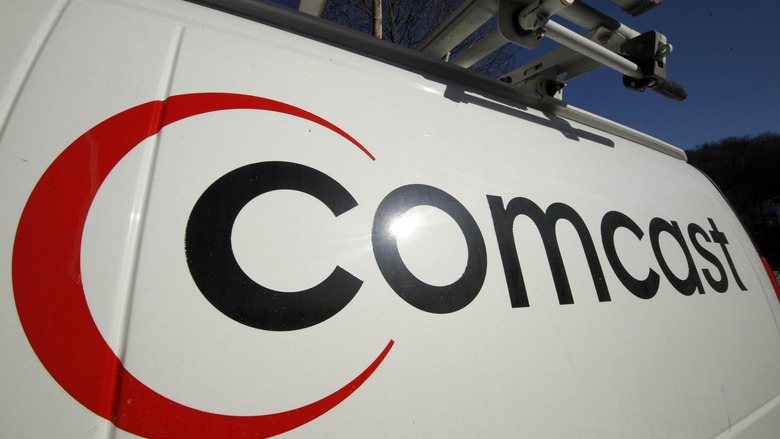'WiFi Everywhere' Isn't A New Concept, But It's Becoming A Dangerous One
Recently, Comcast made news by opening up home WiFi routers for use publicly. By partitioning your WiFi signal, the company hopes to blanket an area with a signal. This has become a polarizing issue, but shouldn't be for the reason of coverage alone. WiFi everywhere isn't a new concept — in fact, it was the original concept for the phone you might be reading this on.
Comcast's idea is pretty simple: take existing hardware, use it to broadcast a public signal (that doesn't snatch up your bandwidth), and a city or neighborhood is blanketed with a light WiFi signal. It doesn't affect every router, either — only those with the appropriate two-antenna system. Comcast reached out to us, and had this to say about the system, in part:
We've built wireless gateways with two antennas in them. One can be kept private and separate so a customer doesn't have to share her username or passwords or logins with visitors like baby sitters, friends, family, care givers, etc. The second xfinitywifi SSID can be accessed by other Xfinity Internet subscribers quickly and easily because each subscriber authenticates his or her own device (like a smartphone or tablet) and its mac address is registered and tied to their account.
It's really like Comcast is insisting you have a guest network, except they're hosting it (with a caveat). Google Fiber is slowly working in a similar approach. In Portland, OR — where Fiber is potentially headed — an agreement was signed to provide WiFi to public areas in addition to the Fiber service as we understand it. Though it's not clear whether Fiber will ever use existing routers to institute large swaths of WiFi, they could — and we might never feel a hiccup in service.
The idea of free WiFi for all is an old one, and was the original concept for the iPhone. Though it ended up as an AT&T exclusive for quite some time, initially, it wasn't planned as such. Steve Jobs wanted the device to utilize WiFi hotspots, essentially bouncing from signal to signal, to make calls and perform various tasks. At the time, that was far-fetched. Now, it's not quite so crazy.

WiFi is everywhere we go, so it's reasonable that we'd also want it everywhere we are. Small parks in neighborhoods, sidewalks near apartment buildings, even being stopped at a red light — you could have a WiFi signal. Starbucks is widely credited for leading the charge to open up free WiFi to customers, and businesses large and small have taken to it. That's a service, though. Comcast's concept isn't quite so peachy.
So why are people so upset? In the case of Comcast, the company didn't ask for permission. They surreptitiously pinched routers and used them, and set the WiFi scheme as a default (you can opt out, but we suspect many not even know it's going on). In the age of DDoS and NSA, it's easy to see why that's a troublesome concept for customers. Rather, it's easy for us to see — Comcast is plugging ahead with their plans. Even more concerning is how Comcast will monetize their second WiFi signal. Speaking as though they were a customer, Comcast says "the second xfinitywifi signal does not take data usage away from your Internet subscription, it counts against mine."

But how is that monetizing anything? In addition to pinching part of your router, Comcast will also count data used against your plan. They've essentially created a public WiFi for their customers only. This is in addition to their test of creating a data cap of roughly 300GB, which is a massive amount of data — until you're using it everywhere, all the time. Though Comcast insists they don't have a data cap right now, they're testing one — complete with throttling.
WiFi everywhere isn't a bad idea. In fact, it sounds blissful. The issue comes with how it's accomplished, and who is allowed to indulge. It's a bit early to say whether or not we will see anyone cross a 300GB threshold, but as we become more connected, streaming media all day long, we might have to consider a time when 300GB — especially for a family — isn't enough data.
The kids may get a WiFi signal at school, but that could slowly eat at a data cap. You might be able to avoid using carrier plan data to stream music, but that WiFi signal might not be free after all. Cutting the cord may sound like a good idea, but if your streaming content from Netflix still counts against a data plan, the issue becomes moot.
